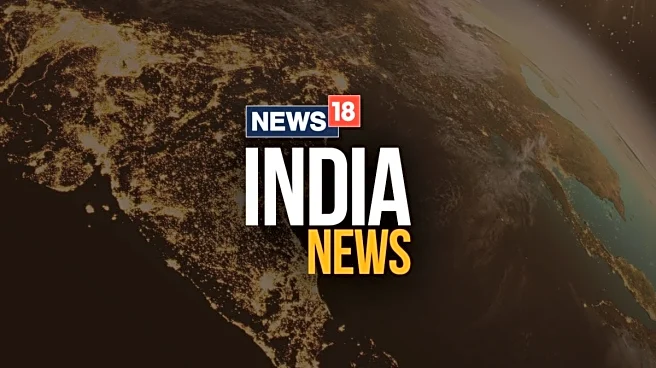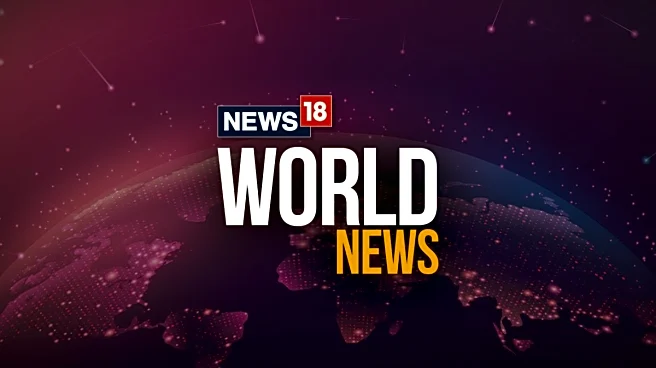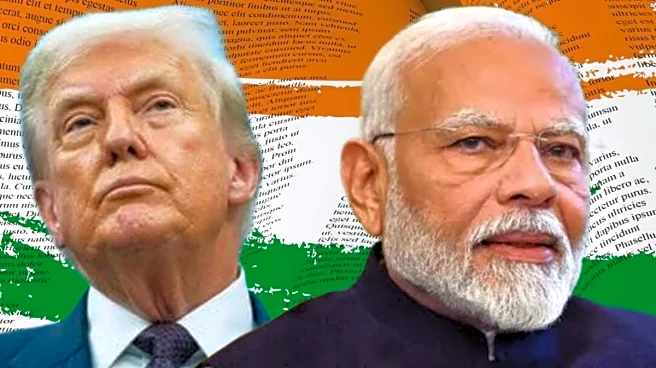In its Monthly Macro View, the agency projected that net remittances may grow 8% year-on-year to $134.6 billion in FY26, but warned that new policies under the US administration — including higher H1B visa fees and a “remittance tax” — could weigh on growth. In a pessimistic scenario, the shortfall could raise India’s current account deficit (CAD) by about 0.1% of GDP.
“The new H1B visa and remittance tax policies have amplified uncertainty, affecting global economic sentiment since April 2025. A sharp fall in H1B visa issuances poses downside risks, potentially reducing the net remittances growth to 6.7% in FY26,” said Paras Jasrai, Associate Director & Economist, Ind-Ra.
Why It Matters: The Remittance Cushion
Remittances — money sent home by Indians working abroad — are one of India’s most reliable and stable sources of external financing, cushioning the economy against trade deficits and volatile capital flows. India has been the world’s largest recipient of remittances since 2008, with inflows touching $124.6 billion in FY25, nearly double the FY15 figure.
As a share of GDP, remittances reached 3.18% in FY25, a decadal high. During FY20–FY25, these inflows financed nearly 48% of India’s goods trade deficit, highlighting their crucial role in stabilising the external account.
Ind-Ra’s note underscores how even a marginal dip can have broader macroeconomic consequences. “Remittances serve as a shock absorber,” said an economist with a leading private bank. “When global trade falters or FDI slows, these household transfers keep consumption buoyant and the rupee steady. A $5 billion hit may look small, but it narrows the safety margin.”
The US Policy Shock: What’s Changing
The latest American policy shifts — including the massive hike in H1B visa fees to $100,000 and the introduction of a remittance tax under the so-called “One Big Beautiful Bill” — are designed to curb outflows and reduce dependency on foreign talent.
While the US has historically benefited from immigrant-driven productivity and innovation, economists warn that these restrictive measures could backfire, dampening US growth while creating ripples across emerging markets like India.
India, whose professionals dominate the H1B programme, is particularly exposed. Between FY20 and FY23, Indians accounted for over 77% of all H1B visas issued, though the share dipped to 68.6% in FY24 — the lowest in a decade.
If the US administration follows through with stricter quotas and higher costs, it could significantly slow new deployments from Indian IT and tech firms, trimming the flow of worker remittances.
The Numbers Behind the Risk
To estimate the fallout, Ind-Ra modelled three possible outcomes:
| Scenario | Decline in H1B Visa Issuances | Estimated Impact on Remittances (USD bn) | Impact on GDP (%) |
| Base | 30% | 2.8 | 0.07 |
| Optimistic | 20% | 2.0 | 0.05 |
| Pessimistic | 50% | 4.5 | 0.11 |
Even in the worst-case scenario, the loss remains manageable relative to India’s overall external position — but the symbolic impact could be larger. Slower inflows may pressure the rupee, complicate financing of the current account, and limit the Reserve Bank of India’s flexibility in managing currency volatility.
Ind-Ra also expects remittance growth to moderate to around 5% in FY27, roughly half the compound annual growth rate (CAGR) seen between FY20 and FY25.
Policy Implications for India
Economists believe the development underscores the need for India to diversify its remittance base and safeguard overseas employment pipelines. The US share of India’s remittance inflows has risen sharply to 27.7% in FY24, overtaking the UAE, which once dominated.
“Over-dependence on a single corridor like the US creates vulnerability,” said a Delhi-based trade policy analyst. “India will have to step up bilateral labour mobility pacts with Europe, Canada, and East Asia, and ease pathways for skilled services exports under new trade agreements.”
The government may also consider tax incentives and digital channels to encourage formal remittance flows amid policy turbulence abroad.
Macro Context: Limited But Symbolic Impact
Despite the US headwinds, Ind-Ra sees India’s overall external account as stable. Strong service exports, resilient remittances, and moderating oil prices are expected to contain the CAD within manageable limits.
The agency’s broader macro outlook shows:
- Industrial growth steady at ~4% YoY in September 2025,
- Retail inflation easing to 1.7% in September from 2.1% in August, and
- Systemic liquidity in surplus at ₹1.5 trillion in early October, though at a five-month low.
The remittance tax and H1B fee hike mark a shift in US migration strategy — from openness to cost deterrence. While the direct hit to India’s remittance earnings may remain capped at USD 5 billion, the broader concern lies in its long-term impact on skilled migration, external financing, and exchange rate stability.
For a country where remittance inflows have been the invisible shield of the external sector, even a small crack in that armor merits policy vigilance.
Also Read: Trump says weighing 'massive increase' in tariffs on Chinese imports, no reason to meet with Xi

/images/ppid_59c68470-image-175985503141537760.webp)


/images/ppid_59c68470-image-175984755182168514.webp)
/images/ppid_59c68470-image-175994003214220457.webp)
/images/ppid_a911dc6a-image-175986462280019256.webp)

/images/ppid_a911dc6a-image-175991434655025796.webp)



/images/ppid_59c68470-image-17599150648761129.webp)
